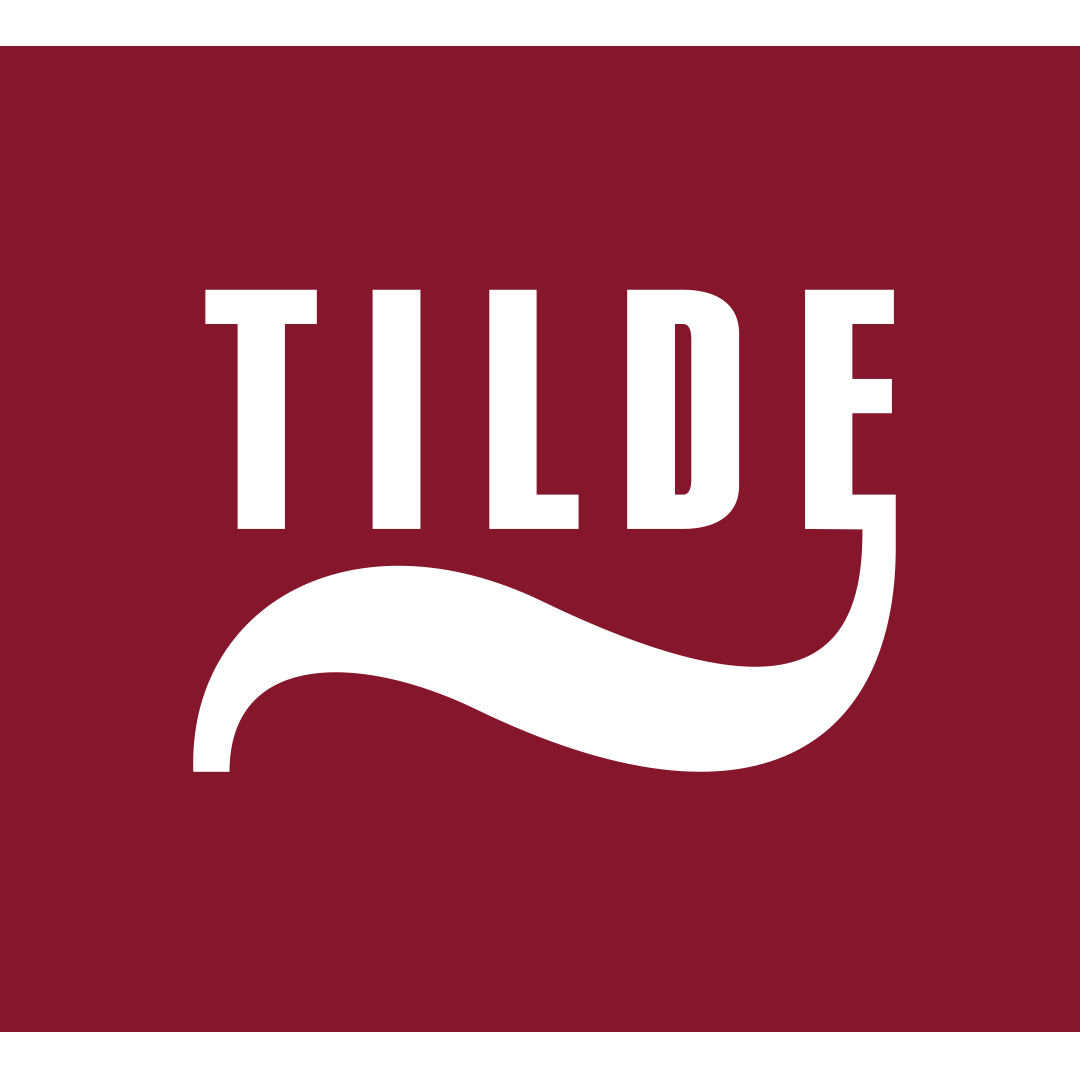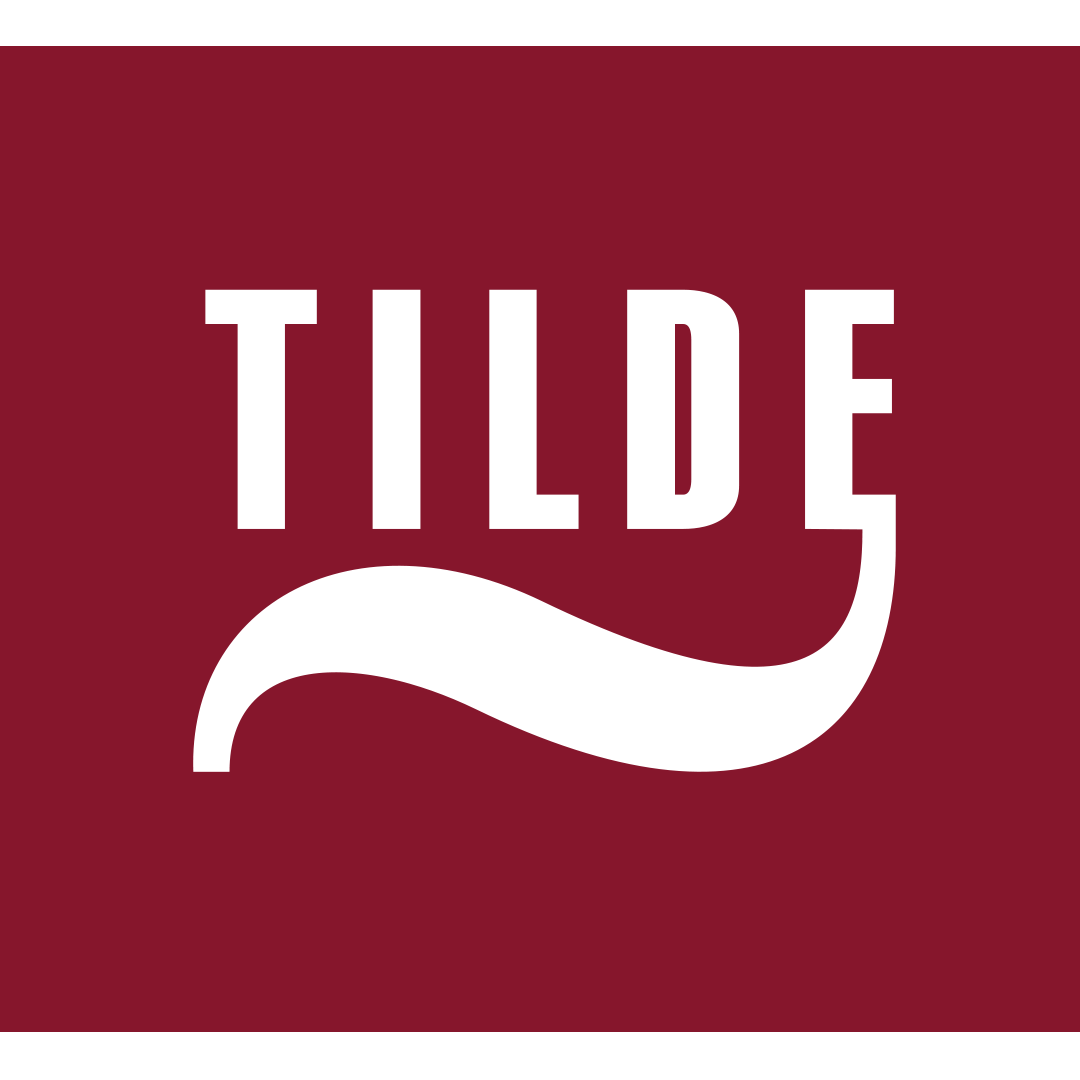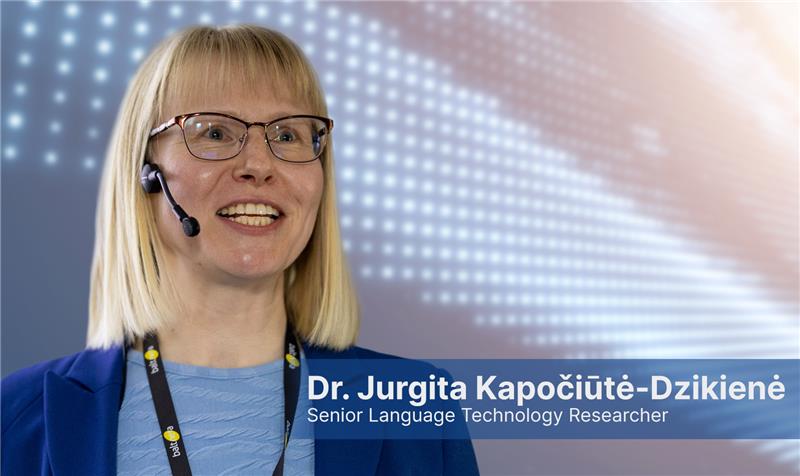Multilingual Finland: How to increase efficiency with language technologies
Team Tilde April 9, 2024
Finland is famous for many things, such as breathtaking landscapes, harmonious design and architecture, magical Northern Lights, relaxing saunas, and the fact that Finland is the happiest country in the world. How could it not be?
But there’s one more thing – Finland is a bilingual country with Finnish and Swedish as the official languages. In fact, only 5 out of 27 EU countries have more than one official language. Multilingualism is a treasure, especially in the European Union, celebrating cultural and linguistic diversity. But for sure, it comes with some challenges.
In the last few years, we at Tilde have been supporting Finnish organisations such as the Finnish Prime Minister’s Office, Statistics Finland, Kela, Monetra, Aktia, and many more to solve their language-related challenges. Here are a few of them.
#1 Constant translation needs
Two legally equal national languages require official functions to be carried out in both languages. For example, if you enter Finland’s public sector web pages, you’ll see an option to choose between Suomi or Svenska (or English). Every piece of content must be available in Finnish and Swedish to preserve language equality. And that’s a lot of translations!
But websites are just one small part of official communication – all the documentation, letters, press releases, speeches, and other documents require precise, efficient, and fast translation.
#2 Information accessibility to foreigners
Fast and accessible multilingual communication is crucial for integrating society. In the last decade, Finland’s number of foreign citizens has multiplied, bringing even more extensive language diversity. This raises many new language-related challenges – not just in understanding the necessary documentation and official information, but also integrating foreign citizens into the labour market, education systems, and society overall.
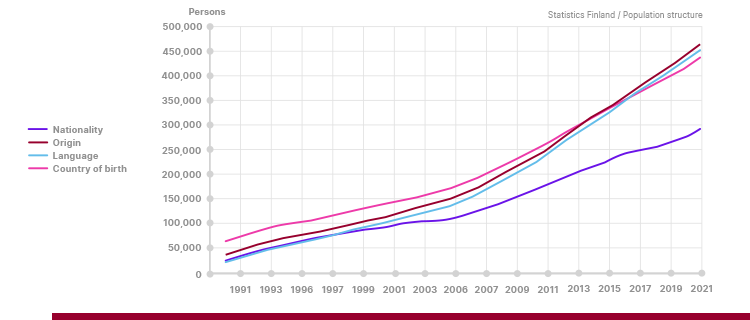
Source: Statistics Finland
#3 The workload on language specialists’ shoulders
Most Finnish organisations have in-house linguists and translators – from public institutions to manufacturers, and NGOs. These professionals deal with vast amounts of information that need to be localised in official languages.
But sure, such an amount of information can’t be managed by humans alone. AI-powered machine translation, adaptive learning engines, CAT tools (computer-assisted translation), terminology collections, speech transcription and other tools are go-to weapons for translators’ efficiency. As they say, human and machine – more productive in a team!
But this isn’t anything new. That’s why we’re not surprised that Finland is at the forefront of utilising language technologies, and we’re honoured to be there as a trusted machine translation solutions partner.
Improving translation operations for the Finnish Prime Minister’s office
Finland is an excellent example of an innovative government that uses language technologies to improve its operations. Although Finnish is a morphologically rich and challenging language for machine learning, we are very proud that Tilde’s team of researchers and engineers has developed AURA, a high-quality translation solution for the Finnish Prime Minister’s office.
AURA generates fast, fluent, and secure translations of documents and texts in the Finnish-Swedish, Swedish-Finnish, Finnish-English, and English-Finnish language pairs. The platform’s custom MT engines are based on deep machine learning algorithms and include dynamic terminology integration to consider the unique terminology and linguistic requirements.
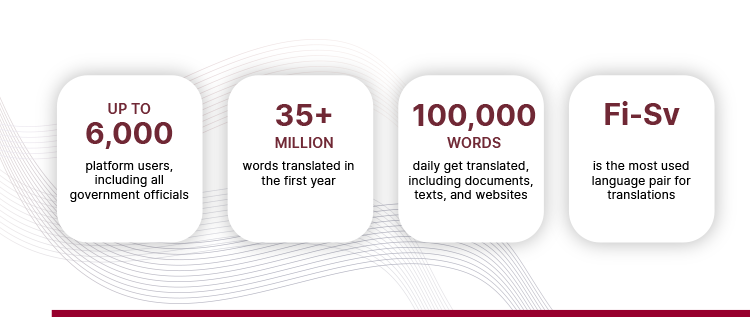
First-Year results of Machine Translation solution AURA
“We are very excited to launch AURA, which helps us to improve the flow of our information, translator productivity and all operations of the government,” claims Simo Kankkunen, a project manager from the Translation and Language Division of the Prime Minister’s Office.
Increasing communication speed with communities for Kela
Kela, The Finnish Social Insurance Institution, is another success story of how neural machine translation can assist in multilingual operations. One of the main goals was to speed up and ease communication with various communities and increase the efficiency of services provided.
As a result, the Tilde machine translation service includes 10 customised language pairs, adding even more diversity and speed to translation quality. Today, around 250 Kela users can quickly translate a wide variety of documents in more than 15 formats, including PDF and JPG, and improve productivity and the whole translation process.
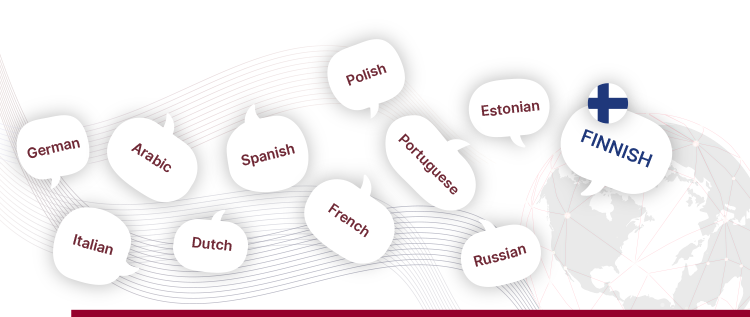
Custom language pairs for Kela machine translation service
Helping other organisations benefit from multilingualism with machine translation
Machine translation is a rational development of language and technology, helping the whole industry to reduce the resources (time, human, finances) needed to manage the ever-growing translation volume. That’s why every kind of organisation, be it a public institution or a small e-commerce business, can benefit from implementing machine translation solutions.
Let’s summarise the most important “why’s”:
- Much faster translation. For example, on average, AURA (Finnish Prime Minister’s office machine translation solution) translates about 100 thousand words every day. Compare it with a human translator who can manage around 2500 – 3000 words daily, and the numbers speak for themselves.
- Multilingual, multiplatform communication. Machine translation isn’t just about turning sentences or PDFs into other languages. Tilde MT solutions enable seamless multilingual communication via email app, translation of whole websites in your target language, or even turning a single webpage into a multilingual page with just one tool (get to know Tilde Website Translator).
- Cost-efficiency. Machine translation hits the sweet spot when it comes to efficiency and cost. MT delivers quick turnaround and can manage vast amounts of data, saving a lot of time and money.
- Productivity boost for translators. Machine translation is not a replacement for human translators’ work – it’s an addition. CAT tools, customisable glossaries, adaptive learning technology, terminology database, etc. language features can make their life easier and translations – more accurate, consistent, and productive.
- Making uniqueness effective. Tilde Machine Translation gives a chance to consistently highlight your unique brand voice and style with custom engines, adaptive learning from corrections and your own terminology collections.
- Security. Choosing a machine translation provider guarantees complete data security and confidentiality for all translation activities. This is usually not the case when using freely accessible tools. You don’t want your translated documents to be stored somewhere other than with you, right?
This list could go on and on. Our team of engineers, researchers, computational linguists, terminologists, and AI experts are working tirelessly to analyse language-related challenges and provide solutions that can fit every organisation’s needs and desires.
Why don’t you tell us about yours? Let’s see how we can help your organisation grow and benefit from the unique strength of multilingualism.
